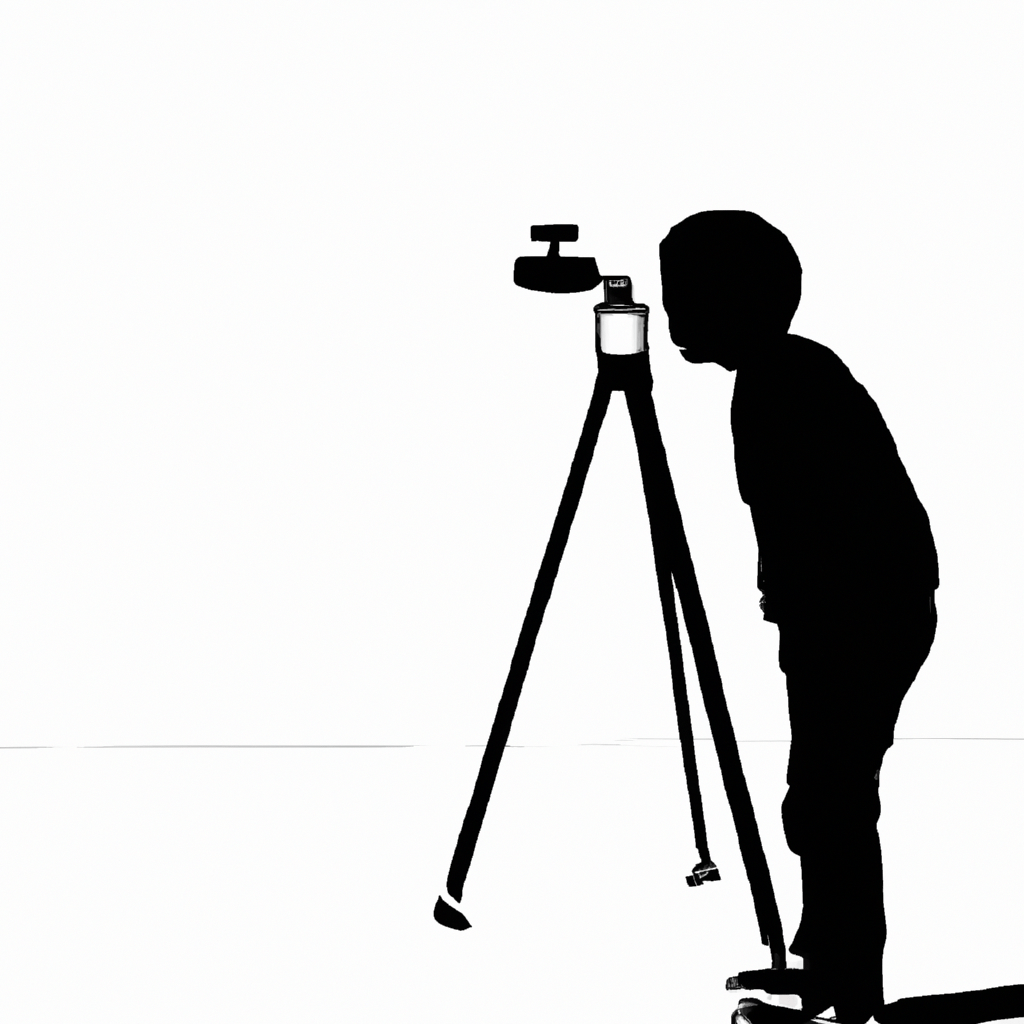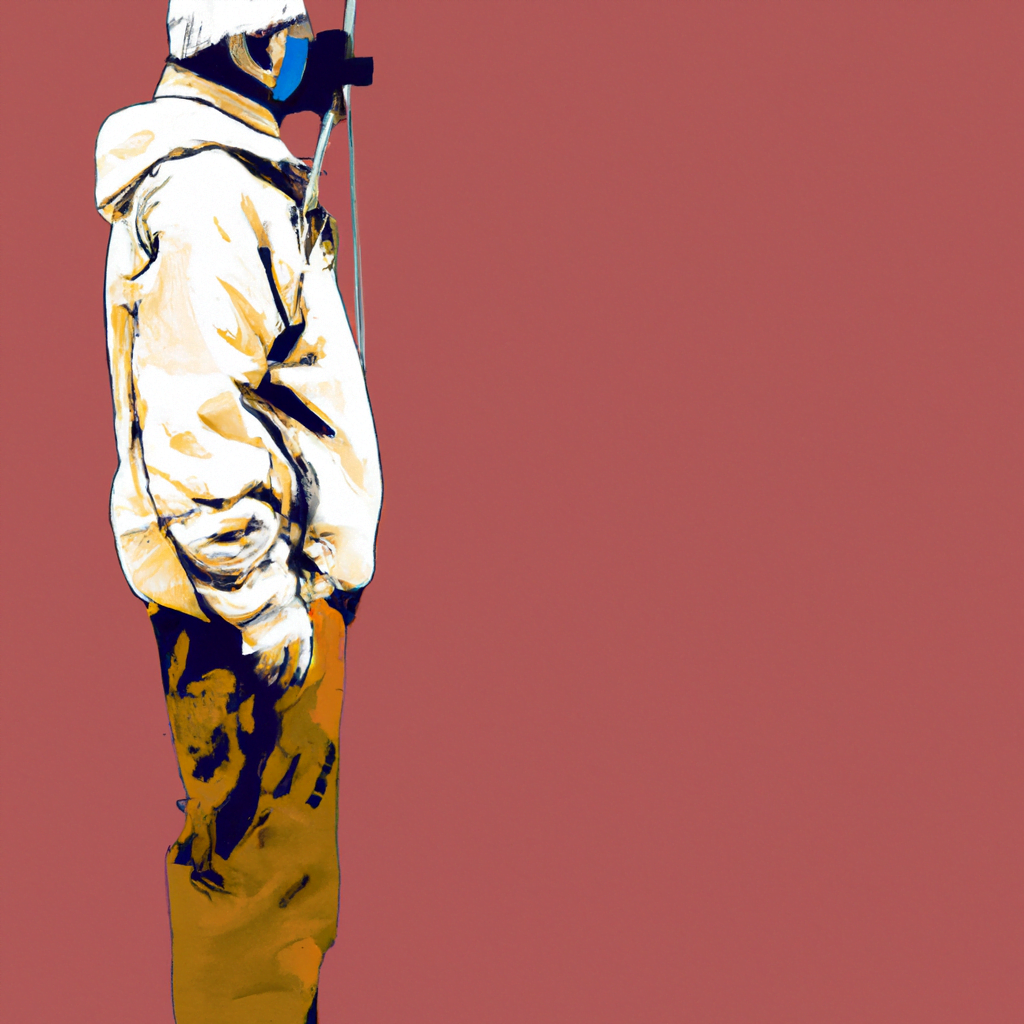
Illustrating for Editorial Illustrations: Enhancing the Message

Editorial illustrations play a crucial role in conveying complex ideas and messages in a visually engaging manner. They have the power to captivate readers, evoke emotions, and enhance the impact of written content. In this article, we will explore the art of illustrating for editorial illustrations and how it can enhance the message being communicated.
The Power of Editorial Illustrations
Editorial illustrations are not mere decorations; they are powerful tools that can amplify the impact of written content. They have the ability to:
- Clarify complex concepts: Illustrations can simplify complex ideas and make them more accessible to readers. By breaking down intricate information into visual elements, illustrations can help readers grasp the main points quickly.
- Evoke emotions: Visuals have a profound impact on our emotions. Editorial illustrations can evoke empathy, curiosity, or even outrage, depending on the message they convey. By tapping into the emotional aspect, illustrations can create a deeper connection with the audience.
- Grab attention: In a world filled with information overload, it is crucial to capture the reader’s attention quickly. Well-crafted illustrations can act as visual hooks, drawing readers into the content and encouraging them to explore further.
- Enhance storytelling: Illustrations have the power to enhance the storytelling aspect of editorial content. They can add depth, context, and visual cues that complement the written narrative, making it more engaging and memorable.
The Role of Illustrators in Editorial Illustrations
Illustrators play a vital role in creating impactful editorial illustrations. They are not just artists; they are visual storytellers who collaborate closely with writers, editors, and art directors to bring ideas to life. Here are some key aspects of an illustrator’s role:
- Understanding the brief: Illustrators need to thoroughly understand the message, tone, and target audience of the editorial content they are illustrating. This involves reading the article, discussing the concept with the writer, and conducting additional research if necessary.
- Concept development: Once the brief is understood, illustrators brainstorm ideas and develop concepts that align with the message. They explore different visual metaphors, symbols, and compositions that can effectively convey the intended meaning.
- Visual style: Illustrators have their unique visual styles, which can greatly influence the overall impact of the illustration. They need to consider the tone of the content and choose a style that complements it. Whether it’s a minimalist approach or a vibrant and detailed illustration, the style should enhance the message.
- Collaboration: Illustrators often work closely with art directors and editors to refine their concepts and ensure they align with the overall vision of the publication. They incorporate feedback and make necessary revisions to create a cohesive and impactful illustration.
- Deadlines and adaptability: Editorial illustrations are often created under tight deadlines. Illustrators need to be adaptable and efficient in their workflow to meet these deadlines without compromising the quality of their work.
Case Studies: Illustrations that Enhanced the Message
Let’s explore some real-life examples of editorial illustrations that effectively enhanced the message they were meant to convey:
1. The New York Times – “The Loneliness of the American Dream”
In this thought-provoking article, The New York Times explored the impact of social isolation on the pursuit of the American Dream. The accompanying illustration depicted a person standing alone on a ladder, reaching for a distant and unattainable dream. The use of a ladder symbolized the struggle, while the isolated figure emphasized the loneliness. The illustration powerfully conveyed the message of the article, evoking empathy and sparking conversations.
2. The Guardian – “The Plastic Problem”
The Guardian published an article highlighting the environmental issues caused by plastic waste. The accompanying illustration featured a sea turtle trapped in a plastic bag, struggling to breathe. The powerful image immediately grabbed attention and conveyed the urgency of the problem. The illustration served as a call to action, urging readers to reconsider their plastic consumption habits.
Statistics: The Impact of Editorial Illustrations
Research has shown that incorporating illustrations in editorial content can have a significant impact on reader engagement and comprehension. Here are some compelling statistics:
- Articles with relevant images receive 94% more views than those without.
- Visual content is 40 times more likely to be shared on social media than other types of content.
- 65% of people are visual learners, meaning they understand and retain information better when it is presented visually.
- Color visuals increase readers’ willingness to read content by 80%.
Summary
Editorial illustrations are powerful tools that can enhance the message being communicated. They have the ability to clarify complex concepts, evoke emotions, grab attention, and enhance storytelling. Illustrators play a crucial role in creating impactful illustrations by understanding the brief, developing concepts, choosing a suitable visual style, collaborating with others, and meeting deadlines. Real-life case studies and statistics further emphasize the importance and effectiveness of editorial illustrations. By harnessing the power of illustrations, publishers can create engaging and memorable content that resonates with their audience.
